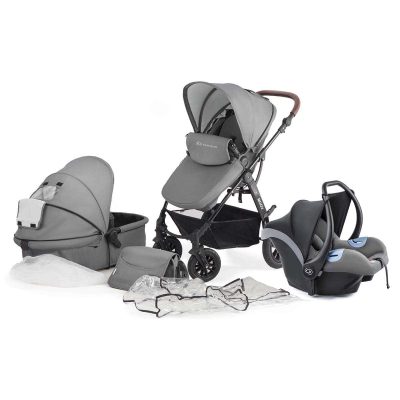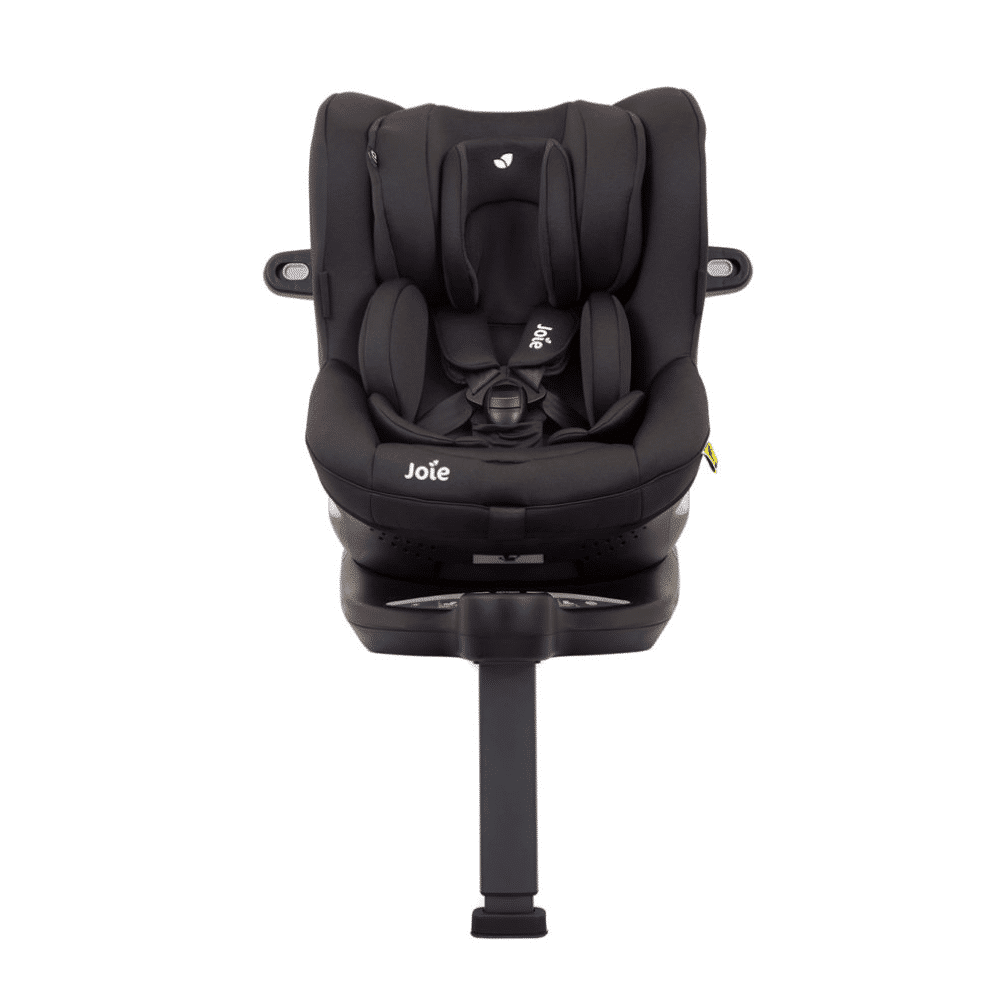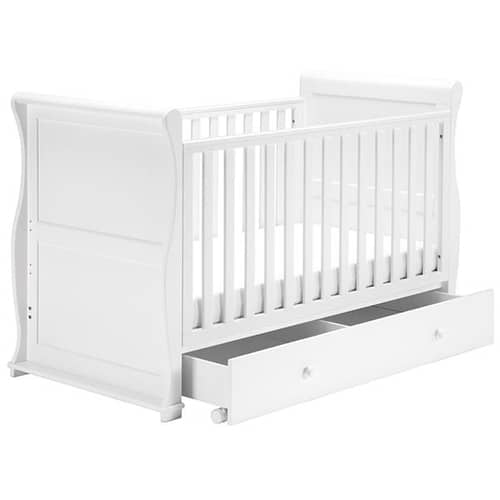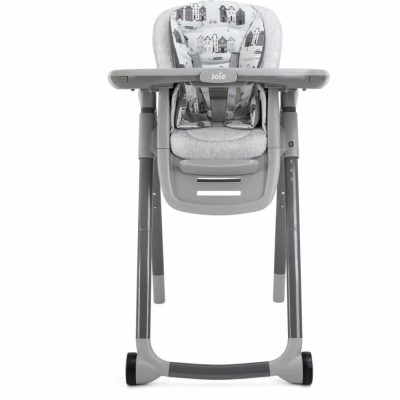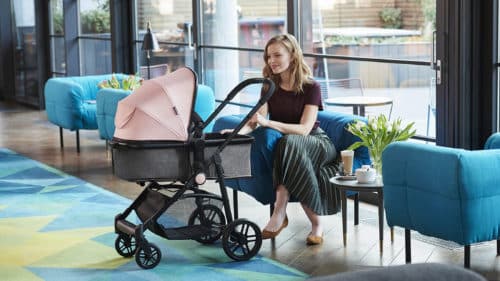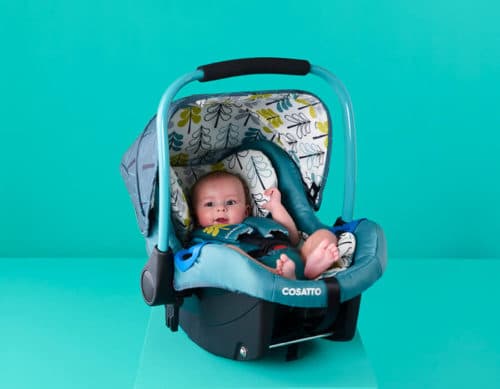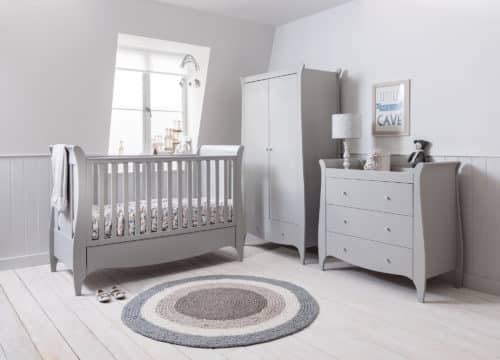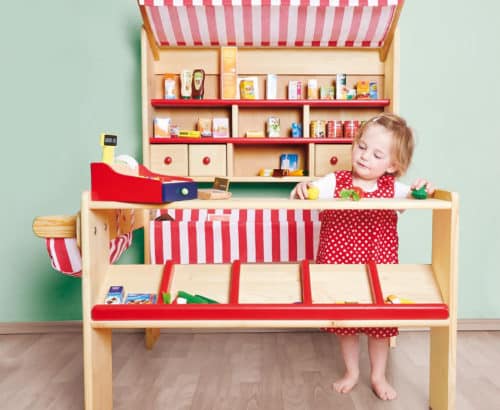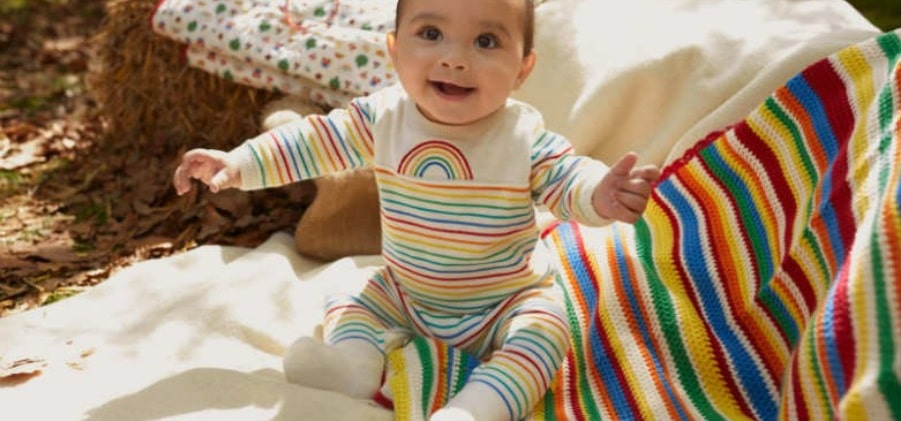
If they’ve already rolled their first rolls and crawled their first crawls, you’re surely itching to know when they’ll walk their first steps.
Besides gifting you with lots of photo and video-worthy moments, walking is an important developmental milestone for your baby. It’s an achievement that shows they’re becoming increasingly mobile and independent, and eager to explore this strange tall-people world.
From the average age babies begin learning to walk to what features to look for in a pair of shoes, here’s everything you need to know about the positively magical, probably comical – but unforgettable – transition from crawling to walking.
When will my baby begin to walk?
The most accurate answer is that it varies.
Typically, babies will start to walk between 9 and 18 months, but it’s perfectly natural for it to happen a bit later or earlier. Every little voyager is different.
To take those much-anticipated first steps, babies need to support and balance their bodyweight on their feet. This means they must have strengthened their leg and tummy muscles and built good balance skills. Rolling, bottom shuffling and crawling come first (usually), and are key stepping stones to walking.
Give your baby time to find their feet and look out for the various early signs of walking, including pulling themselves up and cruising. Try not to overthink; if you have any concerns, the best thing to ease your mind is to talk to their health visitor at the next scheduled appointment.
How to help your baby learn how to walk
Can’t wait to be swept off your feet by their adorable, wobbly first steps? Fortunately, there are plenty of fun, easy activities for encouraging your baby to walk. The idea behind these is to prepare all the essential ingredients they need for walking – our secret recipe says a spoonful of muscle strength, a smidgen of coordination and a pinch of self-confidence. Instructions are as follows:
- Less carrying: let your baby roll and crawl, avoiding holding them for too long. This is great for gaining body awareness and a sense of autonomy, and is good practice for walking too.
• More active play: dedicating time to games that require your baby to move and praising their progress will help build their confidence, so they’re more comfortable to try new things. Why not put on some upbeat music and grab a wheeled toy?
• Introduce push toys: ideal for providing extra support and guidance as your baby begins to stand, these toys will help them get moving as they develop strength and balance.
Time for their first shoes!
First steps are the cutest. But first shoes? First shoes are a close second.
It’s when your baby starts moving more that you may want to start thinking about shoes. Initially, and in the comfort of your home, you should let them wander around barefoot. As their walking improves, however, consider making a few tactical purchases.
Your baby’s first shoes should be flexible and slip-resistant, so that sparkly pair of ruby slippers won’t do (yet). These two special qualities give your baby the freedom to discover the living room and the family pet’s secret hideaway in a safe way. They allow their tiny feet to move and grow with no restrictions, and the muscles to develop naturally. When they’re experts in walking, opt for sturdy, hard-wearing shoes that provide more support.
Rolling, crawling, walking… what’s next?
First rolls: check. First crawls: check. First steps: check! Now that your baby knows how to walk, what other “firsts” can you expect?
Get ready for their first question, first song and first run. And we mustn’t forget the first day of school, first jump and first playdate. Don’t worry, the list is endless. Plus, their seconds and thirds are guaranteed to be as sweet, if not sweeter, than the previous ones.

